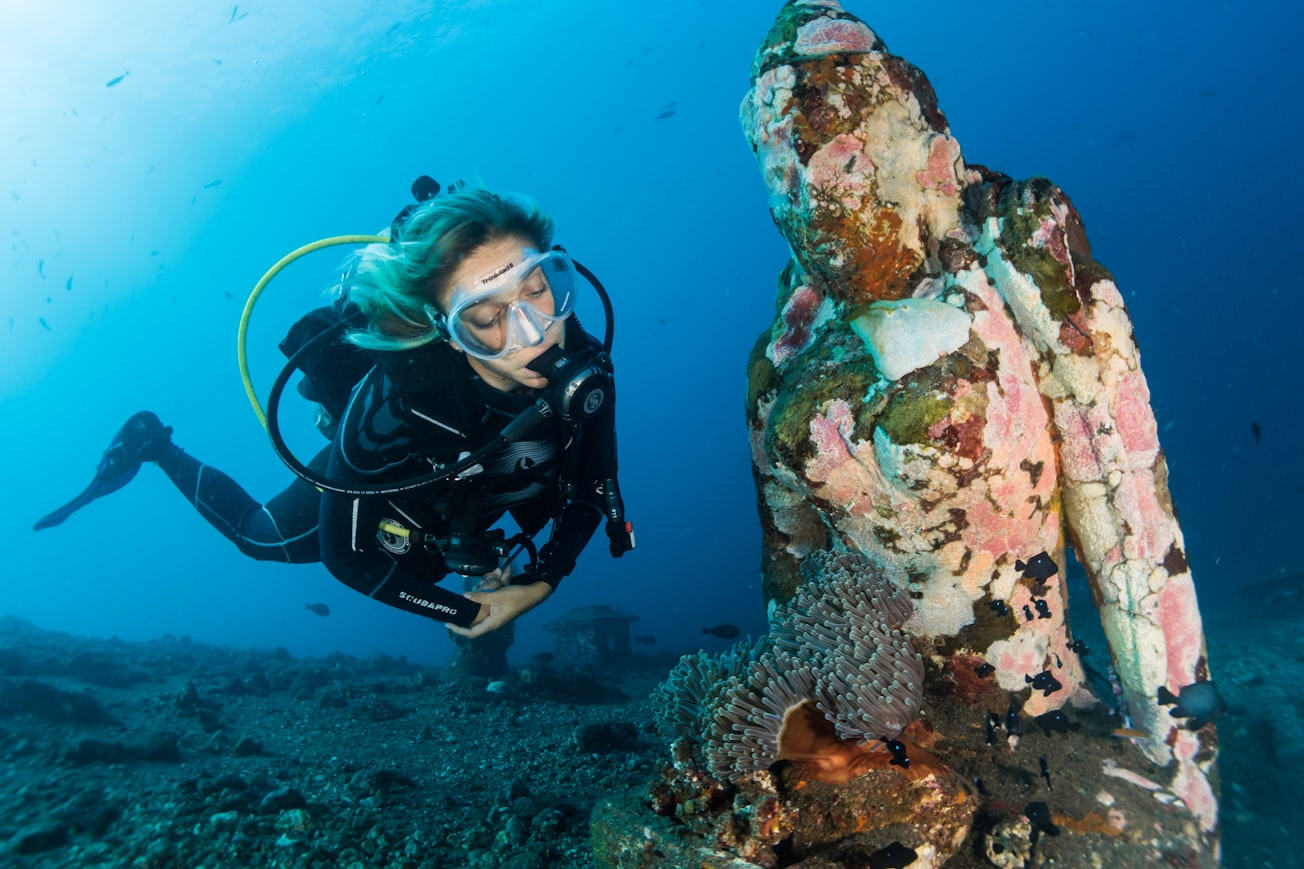What is it about?
Cerebral malaria-susceptible (C57BL/6) mice infected with Plasmodium berghei ANKA (PbA) developed low parasitemia and died from typical neurological symptoms between 8 to 10 days after infection. In contrast, nonsusceptible (BALB/c) mice developed high peripheral blood parasitemia and died 22-24 days later without neurological implications. Daily injections of fatty acids (FA) during the first 3 days after infection protected C57BL/6 mice from cerebral symptoms but had no effect on BALB/c mice. Thus, treated C57BL/6 mice developed hyperparasitemia and died 25 days after infection, like BALB/c mice. Red blood cells from C57BL/6 control mice were found to be more resistant to lysis by linoleic acid than those of BALB/c mice. Three days following infection with PbA, these differences disappeared. Treatment with FA prevented these changes. We concluded that the host's cells were altered soon after infection and that the nature and degree of alterations depended on the mouse strain, thus determining the eventual outcome of the infection. Likewise, the effects of FA might not be directed against the parasite but rather seem to act early after infection on these parasite-induced modifications of host cells.
Featured Image

Photo by Sebastian Pena Lambarri on Unsplash
Read the Original
This page is a summary of: Effect of Fatty Acid Treatment in Cerebral Malaria-Susceptible and Nonsusceptible Strains of Mice, Journal of Parasitology, December 1995, JSTOR,
DOI: 10.2307/3284055.
You can read the full text:
Contributors
The following have contributed to this page







